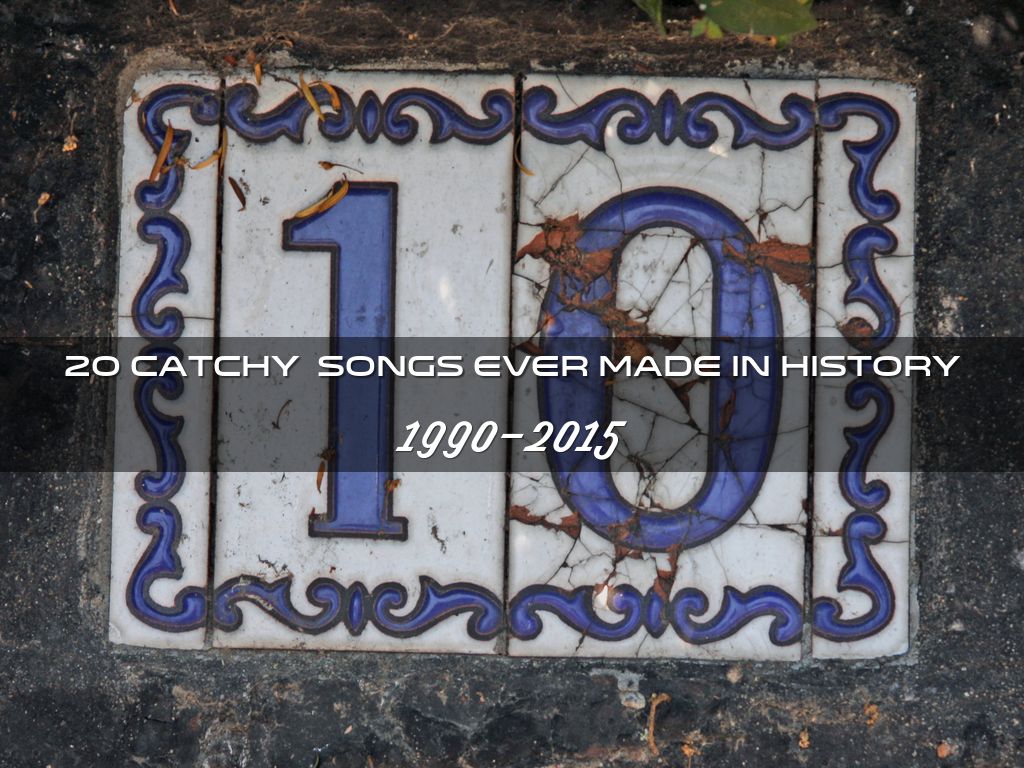Copy of Water Cycle
No Description
MORE DECKS TO EXPLORE
PRESENTATION OUTLINE
Water Cycle
- The water cycle is the processes by which water circulates between the earth's ocean, atmosphere, and land, involving precipitation as rain, snow, drainage in streams and rivers, and return to the atmosphere by evaporation and transpiration.
Photo by GreyHobbit
Evaporation
- Evaporation is vaporization of a liquid and occurs from the surface of a liquid in to a gaseous(of relating to or having the characteristics of a gas)phase that is not saturated with the evaporating substance.
- The other type of vaporization is boiling, which is characterized by bubbles of saturated vapor forming in the liquid phase.
Photo by indi.ca
Transpiration
- Transpiration is the process by which moisture is carried through plants from roots to small pores underside of leaves, where it changes vapor and is released to the atmosphere. Transpiration is essentially evaporation of water to plant to leaves.
Photo by quas
Condensation
- Condensation is the change of water from its gaseous form (water vapor) into liquid water.Condensation generally occurs in the atmosphere, when warm air rises, cools and looses its capacity to hold water vapor.
- As a result, excess water vapor condenses to form cloud droplets.
Photo by instragram.com/amirkuckovic
Precipition
- Precipitation is rain, snow, sleet, and hail. When precipitation happens all the types of it(rain ,snow,sleet ,and hail)fall to the ground
- That happens when the clouds get filled with water.
Photo by blmiers2
Run-Off
- Run-off (also known as overland flow) is the flow of water that occurs when excess storm water, melt water, or other sources flows over earth's surface.
- This might occur because soil is saturated to full capacity, because rain arrives more quickly then soil ca absorbs it or because impervious(roofs and pavement) send their run-off to surrounding soil that can not absorb all of it.
Photo by neilalderney123
Collection
- Collection is when water falls back to the Earth it may fall into lakes, rivers, ponds, ocean.
Photo by blmiers2
Nothing New
- None of the water that we have is new.All of the water that we drink has been drank by the dinosaurs even the toilet water.
Photo by desertdutchman









